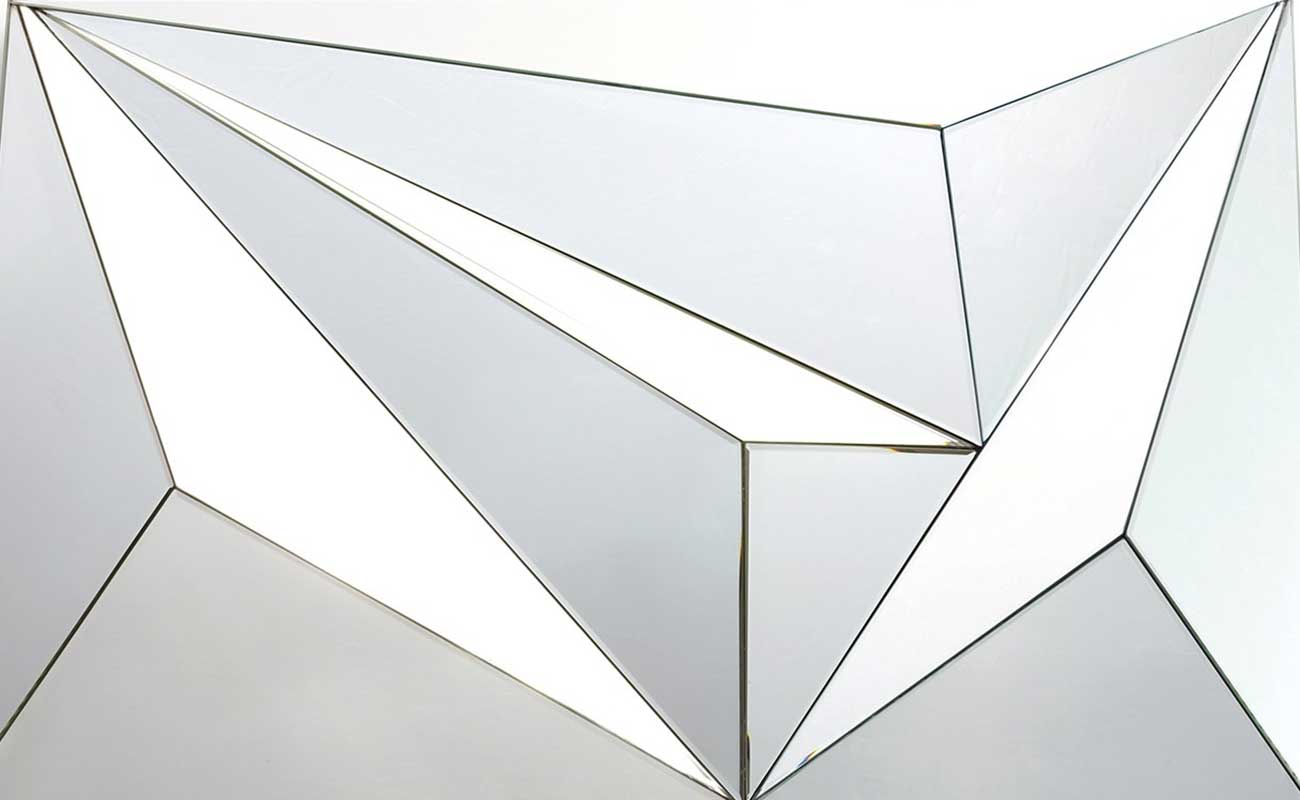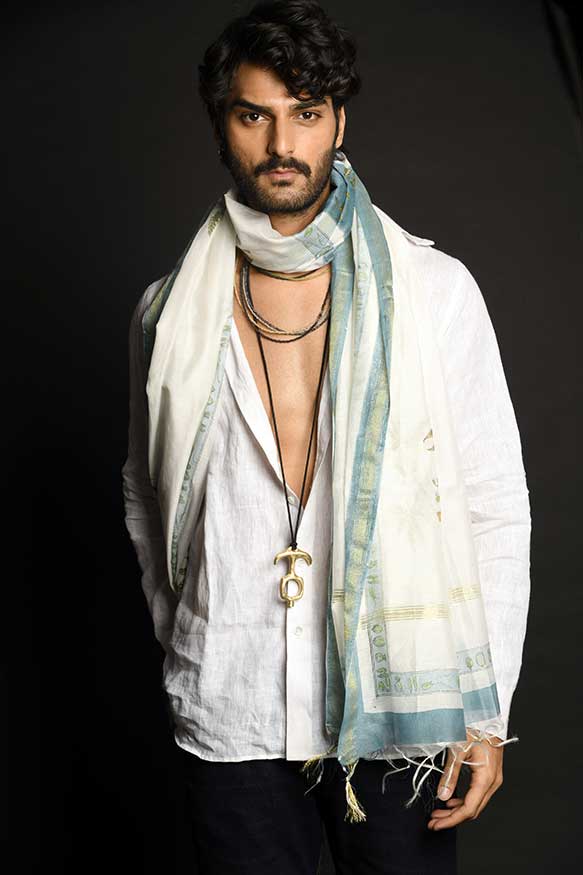HERE ARE TRIED AND TRUE GUIDELINES TO KEEP YOUR MIRROR GAME ON POINT.
SABINE MELCHIOR-BONNET--THE MIRROR: A HISTORY
Crisp and modern? Or, moody and romantic? Mirrors are a room’s best friend. Get smart about a few, key things to make knowing choices that create the effect you want. The trick is to use the right mirror in the right way in the right space for maximum control of how your room feels.
Mirrors are generous. They multiply anything you put in front of them. And, it wasn’t too long ago mirrors were literally, worth their weight in gold. Mirrors had an impact on science, culture and a developed sense of self. To me, it is possible that mirrors carry some sort of cultural memory that we still call glamour.
SIX RULES FOR USING MIRRORS
HERE ARE TRIED AND TRUE GUIDELINES TO KEEP YOUR MIRROR GAME ON POINT
- Make sure a mirror reflects something pretty.
- Be aware that the size of mirror you use is important. Small can be either intimate or twee. Large can add glamorous scale or look cold and too sexual. Choose wisely.
- Buy the thickest mirror you can afford. One quarter inch is the minimum thickness for a quality reflection. Make sure larger mirrors are as flat as possible. The slightest convex or concave curve will bend the way reflections look.
- Really large mirrors need supports on the back or, even better, a continuous sheet of thick plywood.
- Confirm you're getting the right color of glass. Super clear glass with no color gives the most accurate reflection and is the best choice for most uses. That said, mirrors come in tons of colors and finish treatments these days.
- When reviewing choices, try to understand how the mirror was made and how other colors or finishes are applied. For example, you might be more forgiving of some imperfections in a vintage mirror of real silver leaf when you would want a new mirror made from aluminum film to be perfect. Also, some antique finishes are created on machines over the whole mirror surface. Some finishes are hand applied to mimic a mirror's natural aging process. Hand finishes usually look richer.
SIXTEEN TRADITIONAL WAYS TO USE MIRRORS IN DESIGN
READ THESE TO SELECT A MIRROR WITH EXPERT-LEVEL SOPHISTICATION
- Place a mirror between two windows to trick the eye into thinking there is another window there. The architect / decorator term for this is a Pier Mirror. It has a long history of use creating the formal, architectural axis with the beautiful rhythm and symmetry, associated with classical 18th century rooms. Pier mirrors also maximize candlelight and natural light.
- Install a wall of mirrors to dazzle the eye into thinking the room is bigger, create hidden storage, hide architectural flaws or generally create a very dynamic space.
- In an associated tip, place two full-wall mirrors on adjacent walls to bounce light around the room and create a dizzy, magnified effect of the room’s activity.
- Put mirrors across from windows (like the Hall of Mirrors at Versailles) to make a room sunnier. It is better if the mirrors reflect something pretty. But, unless the view is horrible, do it if you need the light.
- Use a mirrored backsplash in your bathroom or kitchen behind the sink and stove for a modern look with the zing of Art Deco (mirrored backsplashes were used frequently in domestic and commercial Art Deco designs). A note: This application needs constant maintenance to look nice so you may want to use antique mirror.
- If you live in a place without architectural detail, use mirrors to communicate where the center of a room is and define how that space will be used. Humans like that.
- Use a mirror to fake the presence of a window anywhere (see Pier Mirror) for a different version of the same tip.
- Maximize available light by putting mirrors behind a table or wall lamp to reflect the switched-on light.
- Use mirrors to create, perfect or exaggerate symmetry. The eye loves symmetry and mirrors can correct for architectural design flaws.
- Use mirrors to frame a view. Pairs on both sides of a window or door create a pleasingly uniform illumination and natural harmony.
- Hang smaller mirrors over larger pieces of furniture to create a traditional vibe.
- Hang a small mirror over the room’s focal point to soften something that is too strong.
- Mirrors in narrow hallways and stairways give a sense of connection and flow.
- Use an interesting glass color, type (like antiquing) or treatment (like sandblasting or etching) as decorative artwork in place of wallpaper or pictures.
- If you need a big piece of furniture to look smaller or disappear...buy it mirrored.
- Placing a big piece of furniture in front of wall-to-wall mirror makes a big piece seem smaller and lighter.
READ THESE TO SELECT A MIRROR WITH EXPERT-LEVEL SOPHISTICATION
THIRTEEN WAYS MIRRORS HELP SET THE MOOD
MIRRORS AND LIGHTING ARE THE BEST WAY TO CONTROL THE MOOD OF A GATHERING. DO YOU WANT BRIGHT AND ENERGETIC OR CANDLELIGHT SEDUCTION?
- Alter the glass type to add gauzy, moody reflections. Think antique glass, dreamy colors or poetic details.
- Multiply nice things.
- Distort with a purpose.
- Create kaleidoscopic sparkle.
- Add dynamic prismatics.
- Add moody, halo effects.
- Add opulence.
- Use a convex mirror anywhere you need to spy on the action in another room.
- Make people look really great with lots of mirrors and candlelight.
- Fool the eye into thinking one thing is another.
- Make items float or recede.
- Disorient your guests for that floating, “I-drank-Absinthe” feeling.
- Use mirrors to alter psychology and mood.
TWENTY WAYS ARCHITECTS & DESIGNERS USE MIRRORS
THESE ARE GENERAL TIPS YOU’LL WANT TO THINK ABOUT BEFORE DESIGNING YOUR SPACE OR JUST FLUFFING THE ROOM FOR YOUR OWN PLEASURE- Illuminate a dark corner.
- Magnify space.
- Add pleasing repetition.
- Conceal storage.
- Reflect views.
- Add light.
- Add design.
- Expand space.
- Check your appearance.
- Mirrors that face each other reflect into infinity.
- Add crisp, architectural precision or louche, bohemian casualness.
- Control whether people look harsh or great.
- Use all the regular principles of design: line, color, texture, pattern, light, scale and proportion.
- On top of other mirrors to magnify available space into infinity.
- Create a focal point on a blah wall.
- As architectural elements.
- Add glamour and sparkle.
- Mirrors can be used to enhance something or deflect attention away from it. Awkward spaces, such as rooms with a sloping ceiling or a gap too small to fit a piece of furniture, can be recast more pleasingly with a mirror.
- Mirrors were used to decode military secrets. Indeed, Leonardo wrote in mirror code and developed insider styles like reverse engraving.
-
Mirrors are ideal for surveillance. Basic surveillance places a mirror in the upper corner of a room or held around an object by an individual. Scientifically devised mirrors, like periscopes are capable of expanding the field of vision.






